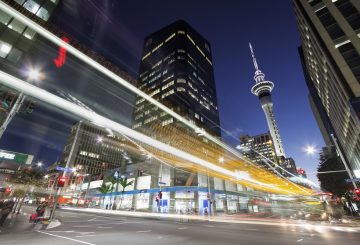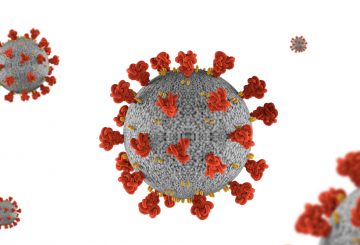新西兰总理哈辛达·阿登在 2021 年 8 月 18 日星期三下午 1:00 的媒体发布会上宣布:“我们预期会有更多的病例。”
卫生部官员预计,感染Delta变体 Covid 的人数将达到 120 人。
总干事或卫生部,阿什利·布卢姆菲尔德今天表示,又确定了2例新增病例,使该社区的病例总数达到 7 例。大多数病例是 20多 岁的人,其中一个案例是奥克兰埃文代尔学院的老师。
“现在,学院的所有员工和学生都被视为密切接触,必须在家里保持自我隔离 14 天。即使新西兰的国家警戒级别从当前的 4 级有所改变,你仍然必须完成 14 天的完全自我隔离,” 布卢姆菲尔德说。
布卢姆菲尔德进一步表示,基因组测序证实疫情是新的三角洲变体,它来自澳大利亚的新南威尔士州。
阿德恩说:“我们更加期待的是年龄组和人口统计数据。”受感染者包括可能访问过拥挤的酒吧和其他 “高风险地点” 的人。
强制性戴口罩
从 8 月 18 日星期三晚上 11:50 起,12 岁以上的任何人在访问商店、加油站、药店和其他基本服务时必须佩戴口罩。这些地方的工作人员也需要戴口罩。
巴士总站和出租车也必须佩戴口罩。
根据新的警戒级别 4 规则,警方可以对没有戴口罩的人发出侵权行为。
尽管从理论上讲,警察可以逮捕不遵守规定的人,但这被认为是最后的选择。
重新开放疫苗站点
有限的疫苗接种场地将于今天晚些时候重新开放,所有网站从 8 月 19 日星期四上午 8:00 开放。
“如果您的预订已被移动,您将收到通知。否则,如果你在接下来的三天内预订了疫苗,但你什么都没听见,请去,” 总理说。
从今天起,40 岁或以上的人可以在线预订疫苗。
阿登说,如果你有疫苗,那么 Covid-19 “生病或死亡的可能性小得多”。但她说还是有几个接种疫苗的人受到感染。






























































